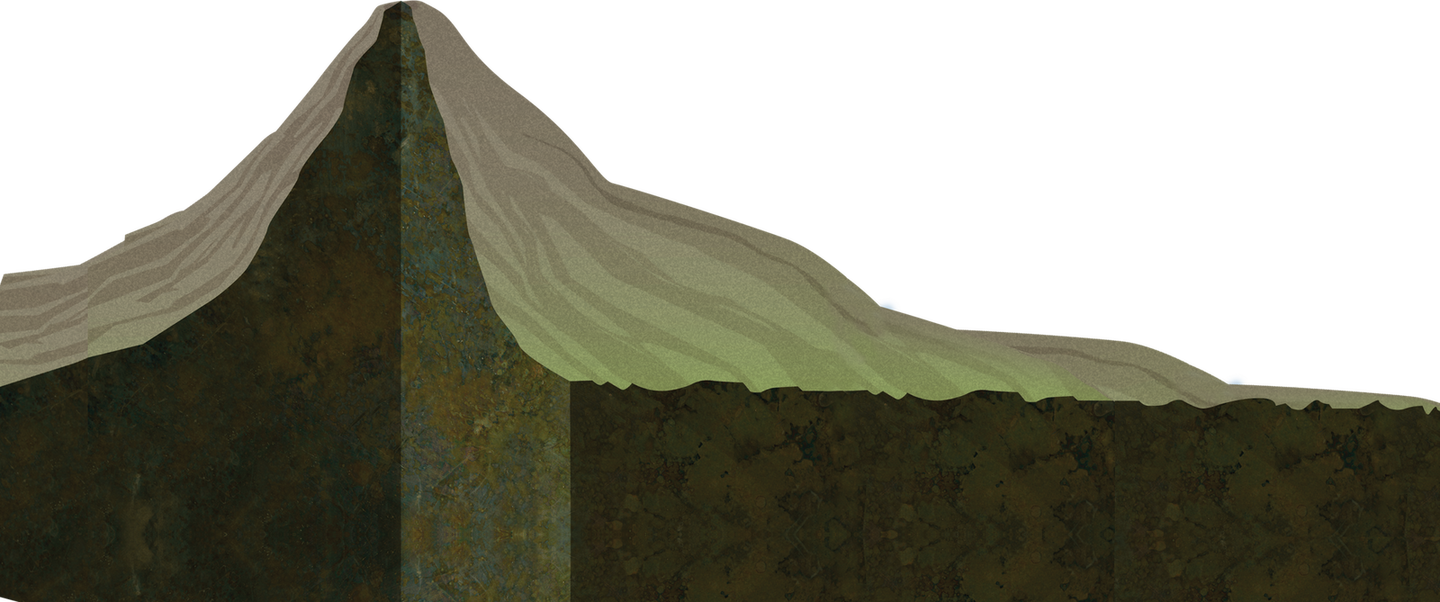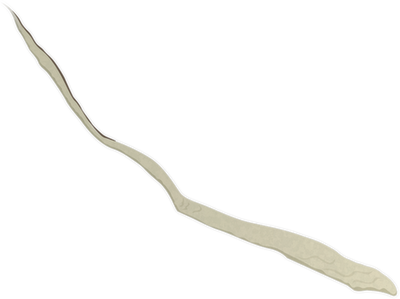





lava
tube

vent



InsideanEruption
1
MagmarisesfrombelowEarth’s surface.
2
Risinggasesputpressureonthesealed vent.
3
Gasesexplode,breakingthe seal.
4
Ahotcolumnofvulcanicash andgasshootsintothe air.
5
Duringlargeeruptions,pyroclasticflowsmadeofgasandvolcanicmattermoveathigh speeds.
6
Lavaflowsslowlyacrossthe land.
7
Lahars,mixturesofwaterandash,moverapidlydownstreamsand rivers.
8
Oncethegaseshaveescaped,theexplosionends.Thesealcloses again.
Restart
magmaand gas
HowItWorks
TheplanfortheexpeditionwastohiketothetopofSantaMaría.TheretheycouldobservetheCalientelavadomefromabove.Fromtheirresearchcamp,theycouldseethesurfaceoftheeruptinglava dome.
MagmaandgasweresteadilyrisingfromdeepinsideEarth.Beforeanexplosion,theventatthetopofthedomeissealed.Thistrapsthemagmaandgasesinsidethevolcano.Asthegasrises,pressurebuildsup.Eventually,thepressureistoogreat.Theseal breaks.
Whenthesealblows,itreleasesthegas
andallowsmagmatooozeoutaslava. The
lava flowsandforcesashskywardhundredsofmetersabovethevent.Whenallthepressurehasbeenreleased,someofthematerialresettlesoverthevent.Theventsealsagain.Thenthepressurebeginstoslowlybuilduntilthenext event.
Thesizeoftheeruptionsisneverthesame.Theytendtobesmall,producingashplumesthatcanreachaheightofnearly500meters(1,640feet)orlavaflowsthattravelabout3.2 kilometers(2 miles)fromthe vent.